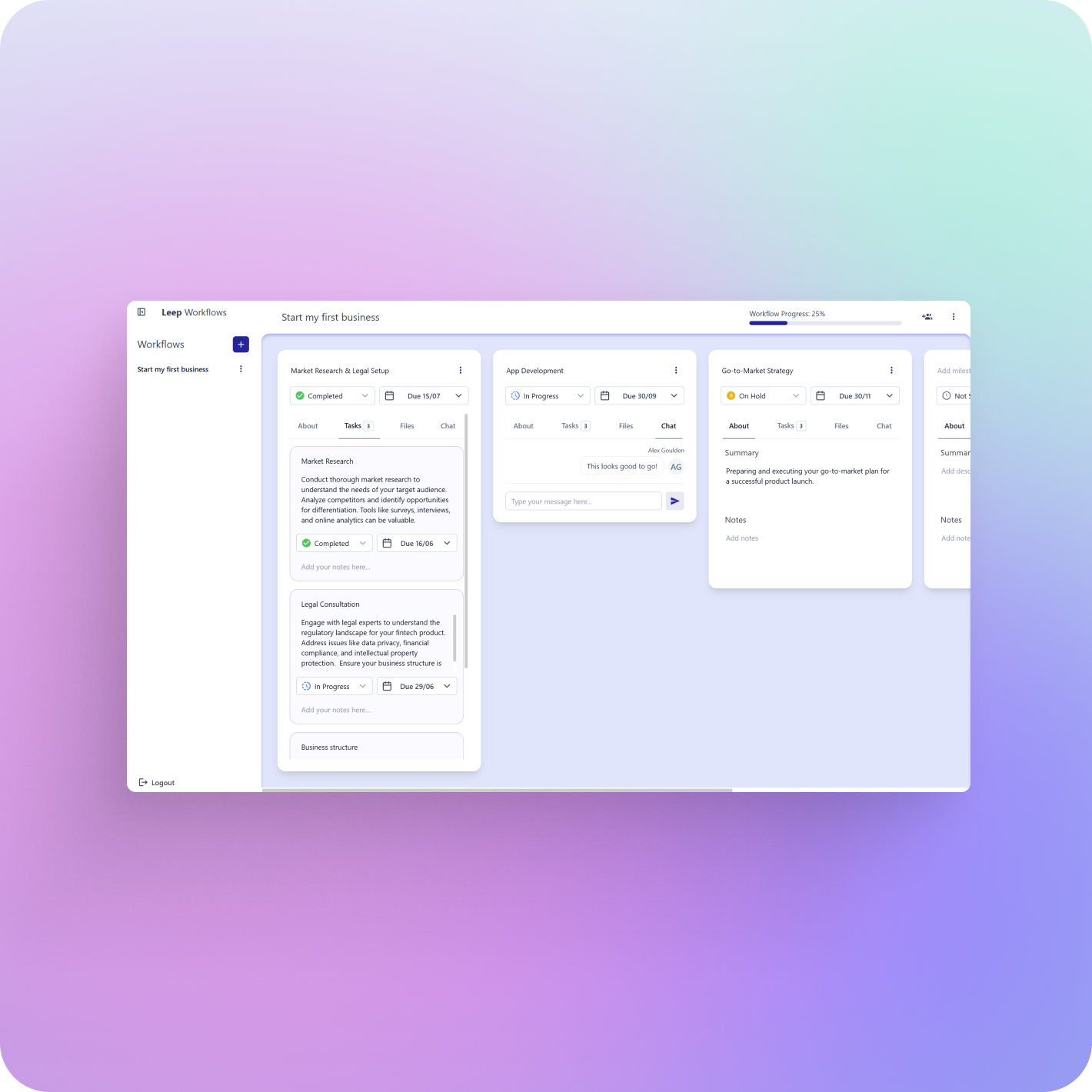Stuck in planning paralysis? Here’s how to move forward
You’ve got the Trello board. The Notion doc. The brainstormed sticky notes. And zero progress.
Planning paralysis is real, and you probably know exactly what it feels like.
Don’t worry, however: you're not lazy, you’re just stuck in a cycle that even the most motivated people fall into. But there’s a way out.
What is planning paralysis?
Planning paralysis (AKA analysis paralysis) is what happens when you get so overwhelmed with planning and researching something that you never actually make progress. This is especially prevalent due to the plethora of information that’s available online. You go into an Internet doom spiral. You begin to overthink and overanalyze everything, making it increasingly harder to make decisions.
Planning paralysis is often driven by perfectionism, anxiety, fear of making the wrong choice, or a combination of these factors. Ironically, the more ambitious you are, the more likely you are to fall into this trap, because you care about doing it right.
The psychology behind planning paralysis lies in the snowball effect: the more you think, the more you overload your working memory, and the harder it becomes to make a decision. Your brain goes into buffering mode.
5 signs you’re stuck in planning paralysis
If any of these sound familiar to you, you may have analysis paralysis.
Your to-do list begins with “start business” and ends there.
Setting this kind of vague, open-ended task may feel like you’re being productive, but in reality, it’s a trap. Without a clear goal in mind, your brain doesn’t know where to begin. “Start business” could mean a hundred different things: writing a business plan, conducting market research, registering your business, and much more. Instead of checking off your to-do list, you’re left staring at your blank Google Doc, hoping clarity will strike.
2. You’ve made 3 Notion docs, 2 Trello boards, and 0 progress.
You’ve built the planning system, but not the concrete plan. Although this can feel like progress, it’s just a way to delay doing the hard work. If you’re building half-finished Trello boards and Notion templates but haven’t completed anything on your task list, you might be stuck. The planning system is supposed to support the work, not replace it.
3. You keep changing the idea instead of executing it.
Shiny new ideas are a sneaky form of procrastination. You’re avoiding the trouble of actually implementing these ideas by telling yourself you’re “just brainstorming.” However, repeatedly tweaking your concept can actually be counterproductive. By constantly pivoting before you launch, you never give the idea a real shot.
You may decide it’s safer to perfect something in theory than risk creating something imperfect. But in reality, everything starts out imperfect. It’s better to simply start.
4. You’ve watched 10 YouTube videos on ‘how to start a business.’
Research is useful until it becomes an endless rabbit hole. With the advancement of the digital age, there is so much information available on the Internet. Consuming too much info at once results in analysis paralysis: the more you learn, the harder it is to take action. It’s time to pause the YouTube tutorials and start pressing play on your business.
5. You don’t know the next step, so you keep guessing.
Your current plan is “wing it and hope for the best.” But guesswork isn’t a strategy. Without a clear plan, it’s easy to waste time doing the wrong things. Most people quit not because they fail, but because they lose direction. In order to create momentum, you must identify the next step (and the step after that). That’s what makes the difference between thinking vs. doing.
Where Most Productivity Tools Fall Short
A lot of productivity tools give you a blank canvas, but not a direction.
Notion looks pretty, but you’d have to create your own planning system from scratch using its heaps of tools. For first-time users, even templates can be initially confusing to navigate. Trello and Asana are powerful, but you still have to have an action plan. If you're already overwhelmed, a blank workspace is just another opportunity to stall.
These tools assume you already have a plan. But what if you don't?
How Leep Breaks the Cycle
Leep flips the script. Instead of asking you to build a workflow, Leep gives you one.
Just type in your idea, from “launch a skincare brand” to “start a freelance design business,” and Leep generates a step-by-step roadmap in seconds, breaking down your goal into bite-sized pieces that actually get done.
Some of Leep’s features include:
Clearly organized milestones and deadlines
Prioritized tasks broken into subtasks
Progress trackers for each workflow
AI agents propose tasks, you approve and give feedback
Leep isn’t here to replace your job. It’s here as your new teammate, supporting you from day one.
TL;DR? Try this instead:
You don’t need a 47-step master plan, endless YouTube tutorials, or another Sunday spent re-designing your workflow template.
You need direction. And a little help from an AI that doesn’t try to do your job for you makes it easier.
Escape the spiral. Try Leep and get your first roadmap in 60 seconds.










